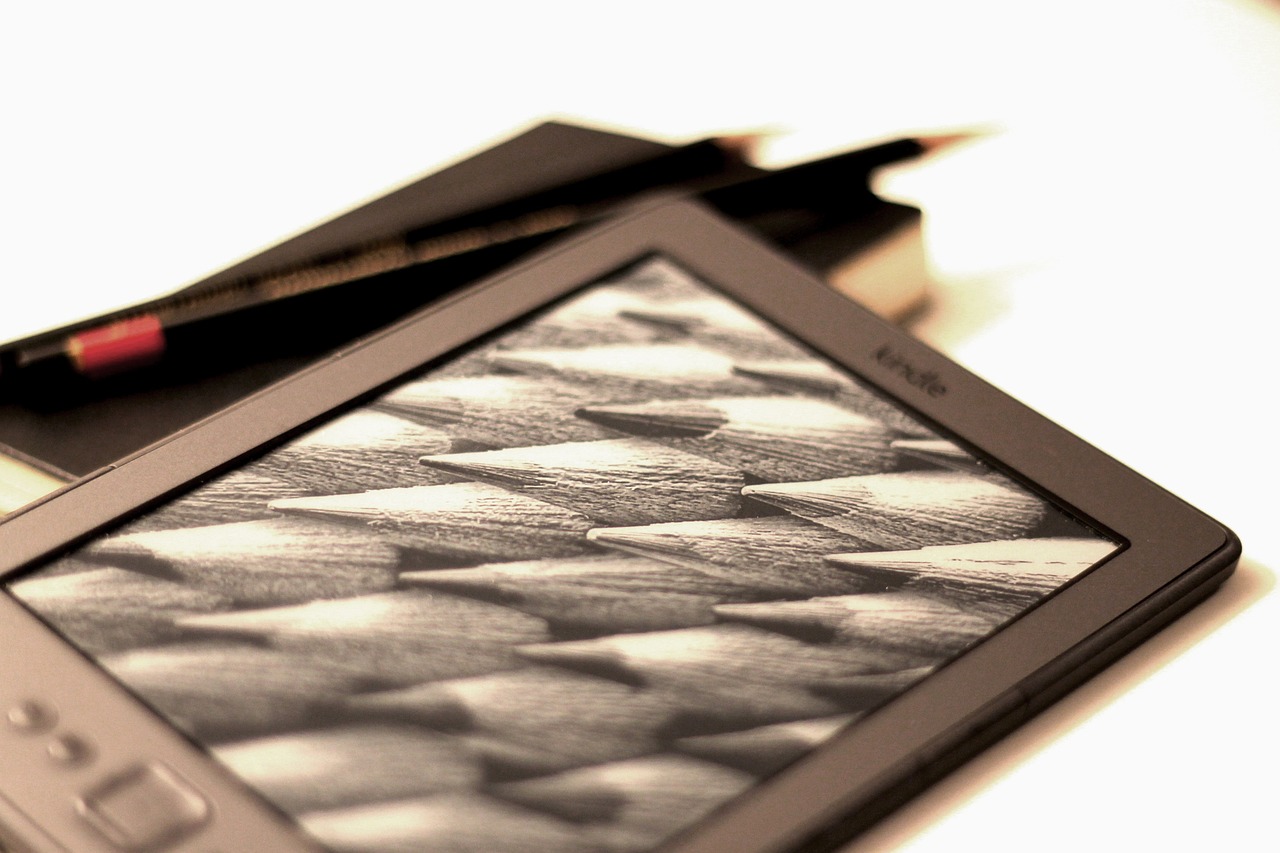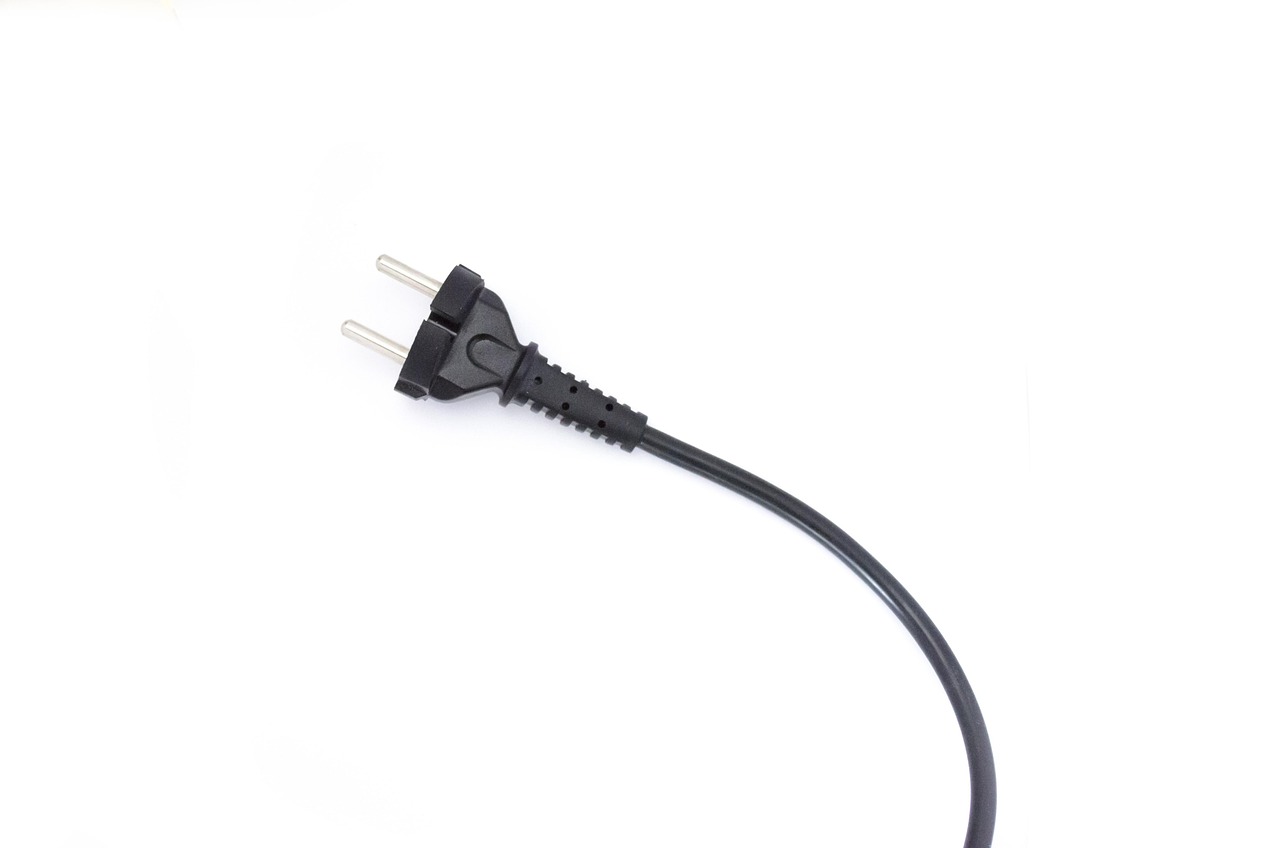The Emergence of E-Ink: Revolutionizing the Landscape of Display Technology
In an era where dazzling, high-resolution screens are a norm, a subtler technology is quietly making waves—E-Ink. This groundbreaking advancement, also known as electronic ink, has been around for decades but has recently been gaining traction in various applications, from e-readers to smartwatches and beyond.

A Brief History of E-Ink
Electronic ink was born out of Xerox’s famed Palo Alto Research Center (PARC) in the 1970s. The technology was then spun off into a separate company, E Ink Corporation, in 1997. The first commercial product to feature E-Ink was Sony’s LIBRIé e-reader, launched in 2004. But it was Amazon’s Kindle, introduced in 2007, that truly brought E-Ink into the spotlight.
The Science Behind E-Ink
E-Ink works by using tiny microcapsules filled with positively charged white particles and negatively charged black particles suspended in a clear fluid. When a positive or negative electric field is applied, the corresponding particles move to the top of the microcapsule, creating the appearance of white or black pixels to the viewer.
The Present Day: E-Ink in 2022
In recent years, E-Ink has seen a resurgence in popularity. Remarkable advancements have been made in color E-Ink, with the introduction of Kaleido Plus technology, which offers better color saturation and brightness compared to its predecessor. Several e-readers, such as the PocketBook Color and Onyx Boox Nova3 Color, have started incorporating this technology.
E-Ink’s Market Impact and Estimated Price Range
E-Ink’s market impact is significant, especially in the e-reader segment. According to a 2021 report by Research and Markets, the global e-reader market was valued at $1.3 billion in 2020 and is expected to reach $2.12 billion by 2026, with E-Ink displays being a key driver for this growth. As for pricing, devices featuring E-Ink technology can range widely, from under $100 for basic e-readers to several hundred dollars for high-end devices with color E-Ink displays.
The Future of E-Ink
The future of E-Ink is promising, with potential applications extending far beyond e-readers. For instance, E-Ink displays are increasingly being used in smartwatches due to their low power consumption and excellent readability in sunlight. There’s also ongoing research into using E-Ink for dynamic and customizable consumer packaging, as well as for large-format displays and signage.
In conclusion, E-Ink is a fascinating technology that, despite its age, continues to innovate and find new applications in our digital age. Its unique characteristics of low power usage and high visibility make it an excellent option for various types of displays. As technology continues to evolve and innovate, there’s no telling where E-Ink might show up next.





